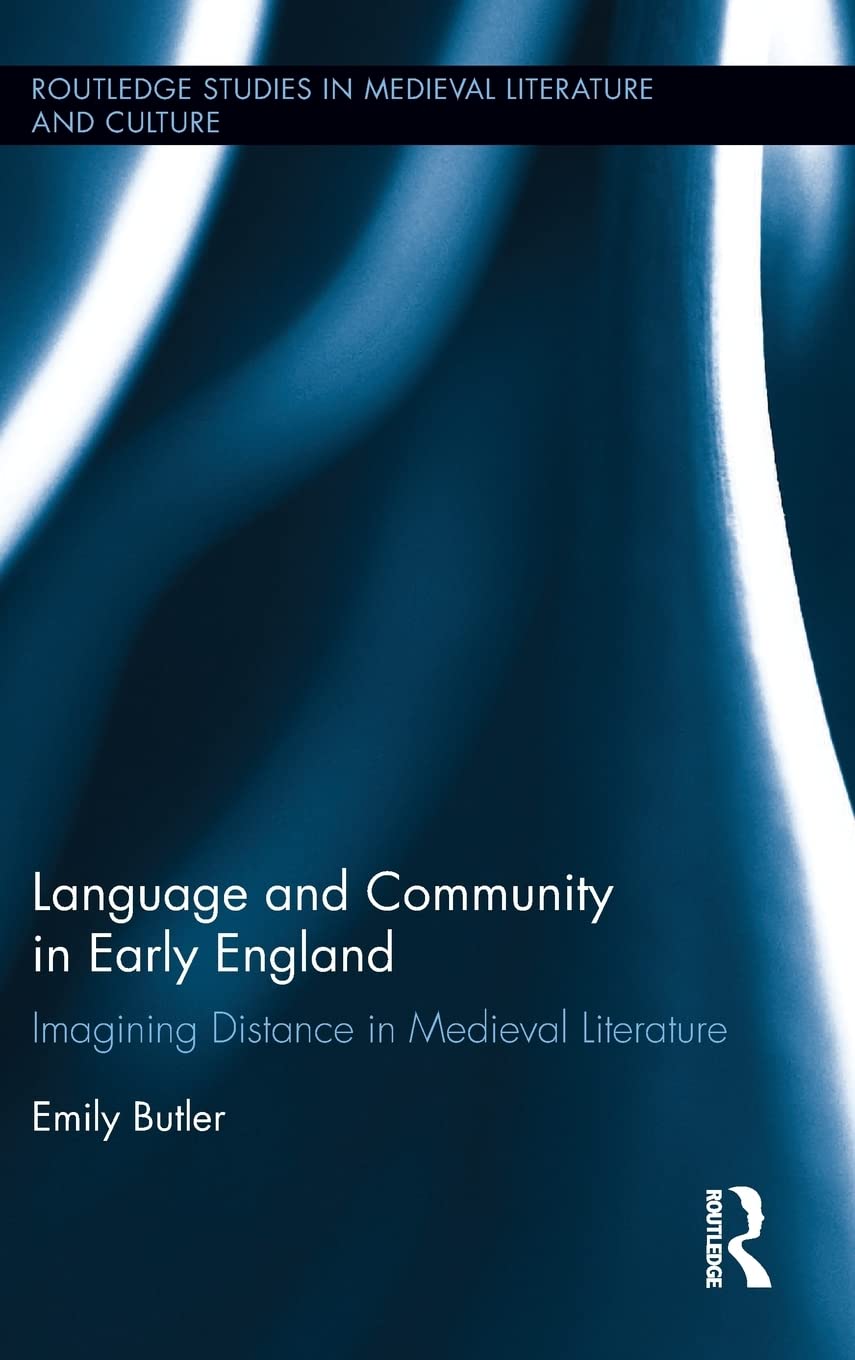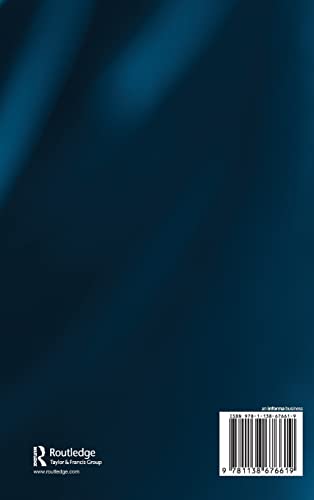Language and Community in Early England: Imagining Distance in Medieval Literature (Routledge Studies in Medieval Literature and Culture)
Language and Community in Early England: Imagining Distance in Medieval Literature (Routledge Studies in Medieval Literature and Culture) is backordered and will ship as soon as it is back in stock.
Couldn't load pickup availability
Genuine Products Guarantee
Genuine Products Guarantee
We guarantee 100% genuine products, and if proven otherwise, we will compensate you with 10 times the product's cost.
Delivery and Shipping
Delivery and Shipping
Products are generally ready for dispatch within 1 day and typically reach you in 3 to 5 days.
Book Details
• Author: Emily Butler
• Brand: Taylor & Francis Ltd
• Edition: 1
• Binding: Hardcover
• Number of Pages: 202
• Release Date: 05-05-2017
• EAN: 9781138676619
• Package Dimensions: 9.1 x 5.8 x 0.8 inches
• Language: English
Book Description:
This book examines the development of English as a written vernacular from the eighth to the sixteenth century, framing it within a multilingual context and highlighting the process of community building through textuality. It challenges the sharp divide between Old and Middle English and instead focuses on the period’s textuality as part of a broader multilingual matrix.
The book looks at key works and figures, including Bede, the Alfredian circle, Wulfstan, the Encomium Emmae Reginae, the Tremulous Hand of Worcester, the Ancrene Wisse, and Matthew Parker's study of Old English manuscripts. It discusses the relationship between linguistic distance and communal identity, showing how the evolution of English as a written vernacular was shaped by the negotiations of linguistic distance and the communal activities of annotation, glossing, translation, and manuscript compilation.
This work is important for literary scholars of the medieval and early modern periods, particularly those studying the history of the English language, medieval religious history, and English nationalism. It will also appeal to sociolinguists and historians interested in the development of English and its role in shaping communal identities.







